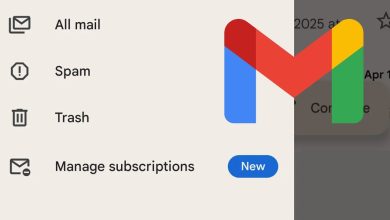Google’s Veo 3 AI Video Tool Raises Concerns Over Hate Speech Proliferation

The launch of Google’s Veo 3 in May 2025 marked a significant advancement in AI-generated video, producing strikingly realistic clips from simple text prompts. However, its capabilities have also been exploited to spread racist, antisemitic, and xenophobic content on platforms like TikTok, raising urgent questions about AI ethics and moderation.
The Problem: AI-Generated Hate Speech Goes Viral
A MediaMatters report revealed that multiple TikTok accounts have been posting Veo 3-generated videos containing:
- Racist caricatures of Black people (e.g., associating them with crime or dehumanizing imagery).
- Antisemitic tropes targeting Jewish communities.
- Xenophobic depictions of immigrants.
These videos, often under 8 seconds long and bearing Veo’s watermark, have garnered millions of views, with comment sections amplifying harmful stereotypes.
How Are They Bypassing Safeguards?
- Vague prompts: Users circumvent Google’s Prohibited Use Policy by masking hateful intent in indirect language.
- AI’s blind spots: Veo 3 struggles to recognize coded racism (e.g., substituting humans with monkeys).
- Moderation delays: TikTok’s enforcement lags behind upload volume—though half the reported accounts were later banned.
Who’s Responsible? Platform Policies vs. Enforcement
Google’s Stance
Google prohibits using its AI tools for hate speech, harassment, or abuse, but Veo 3’s compliance appears weaker than earlier models. Testing confirms it can reproduce elements of the offensive videos with minimal pushback.
TikTok’s Moderation Challenges
Despite banning hate speech, TikTok relies on AI + human reviewers—a system overwhelmed by upload scale. A spokesperson noted:
- Over 50% of flagged accounts were banned pre-report.
- Remaining violative content was removed post-investigation.
Risk of Escalation: Google plans to integrate Veo 3 into YouTube Shorts, potentially expanding the reach of such content.
The Bigger Issue: Can AI Guardrails Ever Be Enough?
- Historical precedent: Generative AI has long been weaponized for hate.
- Realism = Risk: Veo 3’s high-quality output makes harmful content more persuasive.
- Enforcement gaps: Policies exist, but proactive detection lags behind malicious creativity.
What’s Next?
- Tighter prompt filters: Google must refine Veo 3’s sensitivity to coded bigotry.
- Real-time moderation: Platforms need faster AI+human review systems.
- Industry collaboration: Shared databases of known hate prompts could help block repeat offenders.





